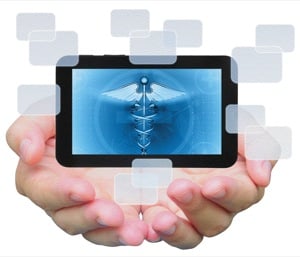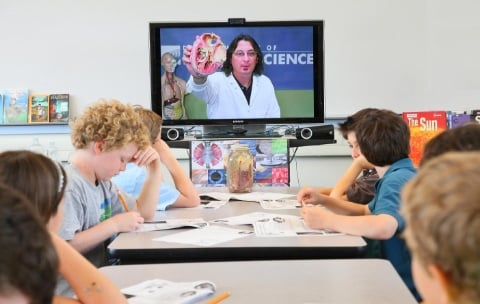
When we mention the “Internet of Things,” people either don’t know what it is or associate it with WiFi enabled devices, for example a NEST thermostat. Even though you wouldn't be necessarily wrong, there is so much more to the internet of things than just the basic M2M concept of machine-to-machine communication. The way I see it, the Internet of Things is about connecting the physical world to the mobile, web based world we actually spend most of our time in.
First off, let’s clearly define what the Internet of Things actually is. It is a scenario in which objects, animals or people (literally, everything and anything!) can have the ability to become "smart" allowing it to then transfer data over a network without requiring human-to-human or human-to-computer interaction.
In order to make this possible you need four things:
- An identity (unique identifier)
- Wi-Fi enabled communications
- Sensors
- RFID tag reader
The real value is at the intersection of gathering data and leveraging it. There should of course be an infrastructure in place to analyze it in real time. Cloud-based applications are essential to interpret and transmit the data coming from all these sensors or tags.
An example of this could be cement equipped with sensors to monitor stresses, cracks, or warped surfaces on a bridge.
The same sensors in the concrete can be enabled to detect any significant detail, let’s say ice on the bridge and then communicate the information via Wi-Fi to your car. Once your car knows there’s a hazard ahead, it will instruct the driver to slow down, and if the driver doesn’t, then the car will slow down for him.
Sensors on the bridge connect to machines in the car: we turn information into action. And what can you achieve when a smart car and a smart city grid start talking to each other? We’re going to have less traffic for starters.
To help you understand more about how the internet of things works and just how much of an impact it can have, we've broken it down into 3 different areas that demonstrate it's usefulness.
1. Connect
With IoT your smartphone could serve as a way to know everything about anything or anyone. While at the grocery store you could find out what ingredients are in a particular product or learn specific dietary warnings or advice associated with a certain product.
Another example could be when buying a used car you could find out about its last owner, how the car was treated, and how long it will be in good running condition.
You could even meet someone for the first time and know more about their interests and hobbies with IoT you could find out more about a person in an instant than in weeks of dating.
This type of connection will completely give us a new way of interacting with the world and learning about the things that you come face to face with everyday.
2. Search
Searching for your keys doesn’t have to be as difficult as it is every morning. Because your keys can now become "smart-keys" using a tag, you can easily locate them.
Even more important than your keys you can also track where your kids are or if a person you have an appointment with will be late. You can track the exact location of shipments, including where it came from and how long before you receive it.
With location-based capabilities, we can now bring context into where we are as much as what we are doing.
3. Manage
Having the capability to gather data and locate everything at the right time, will allow a city or large campus to manage traffic. Smart stoplights can respond to changes in traffic flow. Traffic and street conditions will be communicated to drivers, rerouting them around areas that are congested, snowed-in, or tied up in construction.
If you know where vehicles are and where they want to go you can better manage traffic, maybe eliminate congestion all together.
It's all about context and ubiquitous communications. These two things will allow anyone to leverage data in ways that just hasn't been possible before.
In business this can lead to better efficiency and lower operational costs. In health care this could be more optimized patient-care, in schools this could be a more interactive, personalized learning experience.
IoT is a huge and fundamental shift. When we start making things intelligent, it’s going to be a major engine for creating new products and new services. This will give us the most disruption as well as the most opportunity over the next five years.
However, before we can take advantage of the benefits this technology will bring, it is important to have the right infrastructure to support it. WiFi is the backbone and your wireless networks need to be sufficient enough to handle the increased influx of new WiFi enabled devices.
It's not just phones and laptops anymore, it's literally everything that will be connecting to your network and you have to be ready to support it all.





